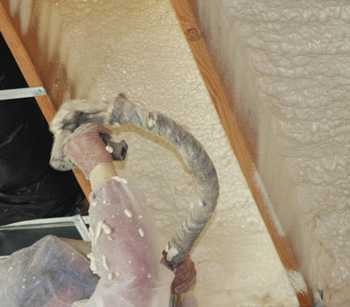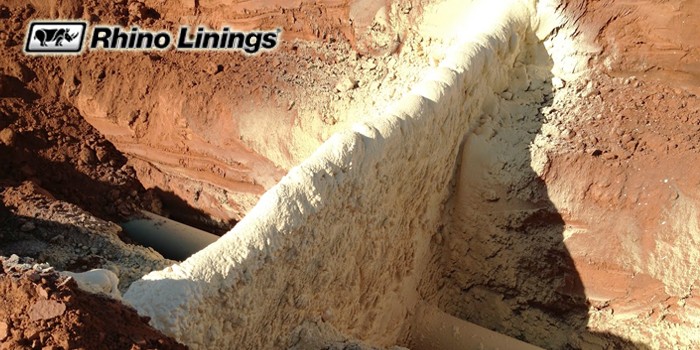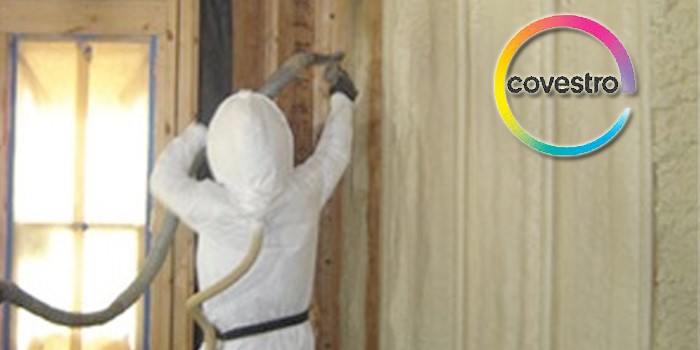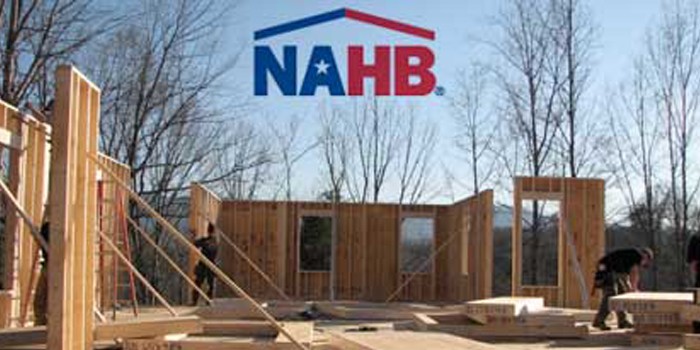Depth Means Warmth with Foam Insulation

BRIELLE, NJ - January 24, 2011 - Foam insulation might be one of the more advanced ways of keeping houses warm - or cool - but it still obeys the basic physical laws of thermodynamics. That means that the thicker the foam is applied, the better the insulation of the home will be at the end of the day, sort of.
The R-value of spray foam, or another insulation type, is calculated at one inch of thickness - more insulating material means better results for the structure. However because of spray foam's superior air sealing capabilities, R-value is not always identically and comparatively relevant.
Unlike other insulating materials such as fiberglass and cellulose, spray foam actually expands when it is installed to fill virtually every crack and gap in the building’s construction. The Department of Energy (DOE) has calculated that nearly 40% or more of a home’s energy loss is due to air leakage. Therefore, with just one inch of spray foam insulation, you can virtually eliminate, or significantly reduce air leakage in a building structure or home. This first inch of foam does most of the air sealing and eliminates most of the air leakage and energy loss.
Additional inches, or depth of foam simply add to the r-value and insulation capabilities, but are far less vital from a comparative r-value perspective, which takes no consideration into air leakage and moisture infiltration.
Foam coverage is often discussed as a board foot calculation, rather than a square foot calculation. Spray foam coverage is quoted and provided in board foot increments. A board foot is cubic calculation, meaning one inch of foam per every square foot.
Another consideration is insulation for the foundations and attics of buildings, a particular concern in chilly climates like New England. In the winter months, homes are essentially sitting in an enormous block of ice, with temperatures between 30 and 40 degrees Fahrenheit, depending on the depth of the structure. By coating the inside of basements or foundation structures, much of this heat loss can be prevented.
Similarly, attics - particularly vented attics that lack insulation - allow much of a home's hard-earned heat to escape through the eaves. An attic protected by spray foam insulation will more effectively trap warm air inside a home in the winters. Making room for a thicker insulating layer can thus double or triple the effectiveness of an investment in a given insulation solution.
When planning a spray foam application in a new or retrofitted structure, it's important to take into account both the thickness of the insulation used and its positioning on every level of the house.
# # #
Disqus website name not provided.









































